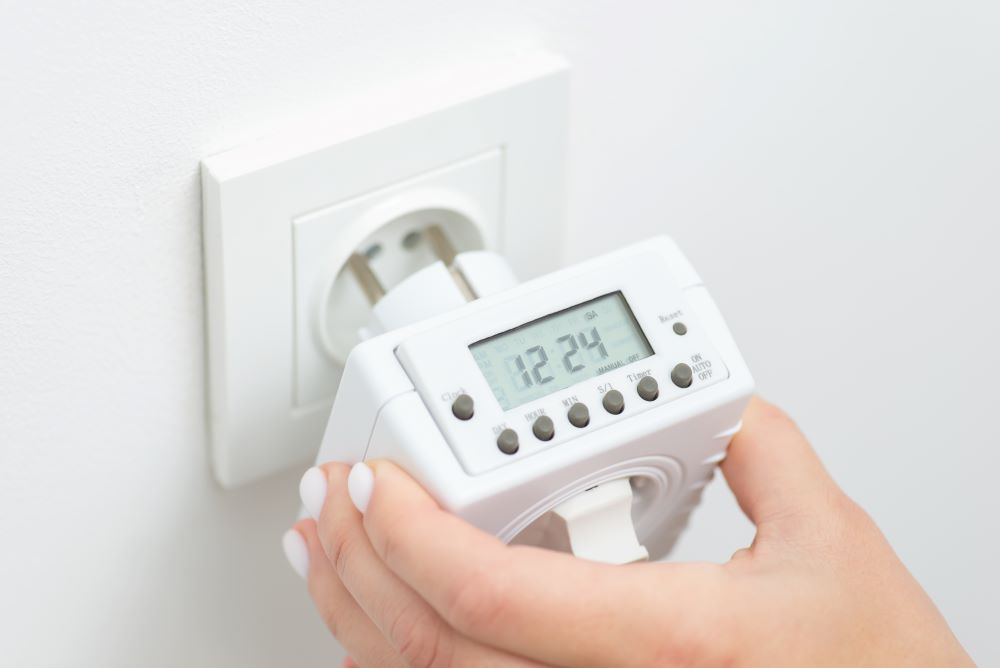People are often interested to know how long it takes for blue light to kill bacteria, molds, yeasts, or viruses.
The short answer is: With Spectral Blue MWHI blue light disinfection technology it typically takes from few hours to eight hours to achieve 90-99% reduction, when the devices are placed at a proper distance.
The complete answer is that the time depends on several factors. Different microbes require different energy doses to become inactivated, and different facilities have higher or lower levels of bioburden.
- For example, typical microbes in healthcare, like E.coli and MSSA/MRSA are relatively quickly eliminated by Spectral Blue. Laboratory tests show good results in 4-8 hours.
- On the other hand, microbes found in ultra-clean environments, such as pharmaceutical cleanrooms, are often the ones that regular methods could not kill: Microbes residing inside biofilms, spore-forming microbes, and/or microbes resistant to certain chemicals or ultraviolet. These will take a longer time to eradicate even with Spectral Blue. Real-life evidence from cleanrooms shows that it may take from one to a few days to kill these microbes.
Continuous disinfection - a new way of thinking
With traditional methods, like chemical disinfectants or UVC, we can typically disinfect surfaces at maximum once per day, because these methods are either very laborious or very harmful to people and materials - or both. It has therefore in the past been meaningful to think in terms of how much that one treatment will do and how long it takes. And typically a chemical disinfectant does work faster than blue light, when used as instructed.
But the massive, unfair advantage of blue light disinfection becomes obvious when we look at the big picture instead of a single disinfection cycle:
With blue light we don't have any safety or material compatibility concerns. We can use it as many times during the day as we want - for example triggered by an occupancy sensor. Even short cycles will work, because the daily dose adds up. Also several cycles per day will result in a very high number of cycles during a week, and so on, creating an unviable environment for microbes.
- This is a new way of thinking about disinfection that is gaining ground. When we are concerned with disinfecting whole rooms or the whole facility, we want to keep the bioburden as low as possible and in a steady state around the clock - not just once per day.
In continuous use, blue light will prevent microbes from growing and eliminates even the most difficult to kill germs over time, including biofilms and multi-resistant strains.
As a summary, blue light and automated, continuous disinfection turns the question from "how long it takes" into "how much cleaner can our facilities be".

Related articles:

